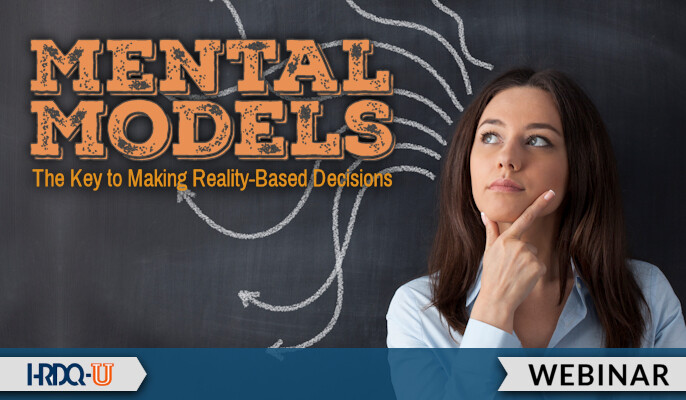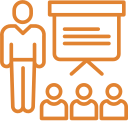Just as each person has a perception of reality about how the world works, each person’s perceptions also help develop their mental models. Peter Senge, author of The Fifth Discipline said, “Mental models are deeply ingrained assumptions, generalizations, or even pictures of images that influence how we understand the world and how we take action.” Another way to look at it is that mental models are your perception of reality about how something works in the real world.
There are benefits and drawbacks to mental models. They can serve as an information filter, but they are not always based on facts. They can make you more efficient at processing information, but they can also blind you to ideas that challenge deeply held beliefs. Do you see how they can be both?














